World at War - Interactive WWII RPG
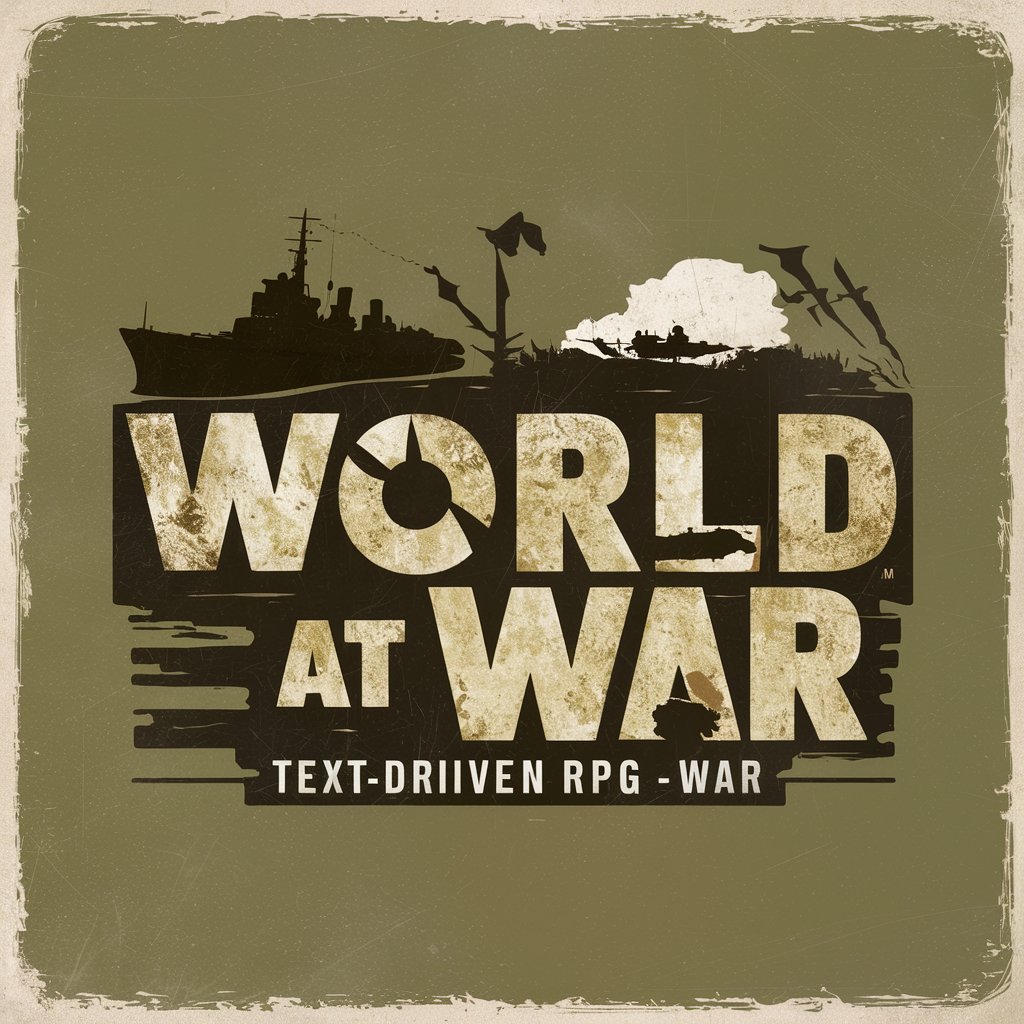
Welcome to World at War, soldier. Ready for the mission?
Immerse in WWII with AI-driven storytelling.
Action:
Question:
Possibility:
Progress:
Get Embed Code
Introduction to World at War
World at War is a text-based role-playing game (RPG) set during World War II, focusing specifically on the D-Day Normandy invasion. This interactive game is designed to immerse players in the historical events of the war, allowing them to craft a unique character with a personalized backstory that influences their role and experiences within the game. The game blends historical accuracy with RPG elements, offering a platform for education, strategy, and decision-making under pressure. Players navigate through the game by choosing actions, asking questions, exploring possibilities, and progressing the story, all while facing realistic consequences that can include the injury or death of their character. For example, a player might choose to be a paratrooper in the 101st Airborne Division, experiencing the chaos of landing behind enemy lines and the subsequent efforts to secure key positions. Powered by ChatGPT-4o。

Main Functions of World at War
Action-based Story Progression
Example
A player decides to 'Action: attempt a stealthy reconnaissance of a German bunker.' The game then calculates success based on the player's character skills, backstory, and current situation, providing a detailed narrative outcome.
Scenario
This function is crucial during critical missions where strategic decisions impact the overall mission success and survival, mimicking the unpredictability and high stakes of wartime operations.
Information Request Handling
Example
'Question: What were the primary objectives of my division on D-Day?' The game provides historical context and specific objectives related to the player's role, enhancing the educational aspect of the game.
Scenario
This function serves players seeking to understand the broader historical context of their missions, enabling a deeper appreciation and more informed strategy.
Exploration of Possibilities
Example
'Possibility: Can I negotiate with local resistance to aid our mission?' The game assesses the feasibility based on the player's location, rank, and prior decisions, offering potential outcomes and new paths.
Scenario
This encourages creative problem-solving and exploration of non-traditional warfare tactics, such as diplomacy or guerrilla warfare, providing a richer, more diverse gameplay experience.
Narrative Progression
Example
'Progress: Advance towards the next objective after securing the bridge.' The game updates the storyline based on the player's actions, moving the narrative forward in line with historical events.
Scenario
This function ensures the game remains historically grounded while adapting to player decisions, offering a unique narrative journey through World War II.
Ideal Users of World at War
History Enthusiasts
Individuals with a keen interest in World War II history will find World at War an engaging platform to explore historical events, scenarios, and outcomes through interactive gameplay.
Strategy Gamers
Players who enjoy strategy games and making critical decisions under pressure will appreciate the game's emphasis on tactical planning, resource management, and decision-making with real-world consequences.
Educators and Students
Teachers looking for innovative ways to present historical content and students seeking an immersive learning experience can use World at War as an educational tool, providing a unique perspective on World War II.
RPG Fans
RPG enthusiasts interested in narrative-driven games and character development will enjoy the opportunity to create and evolve a character through the challenging landscape of World War II.

How to Use World at War
1. Start Without Login
Access the game by visiting yeschat.ai to try World at War for free, with no need for a login or ChatGPT Plus subscription.
2. Craft Your Character
Begin by creating your character's backstory, which influences their role in the army and their capabilities during the D-Day mission.
3. Choose Your Actions
Interact with the game using 'Action:', 'Question:', 'Possibility:', or 'Progress:' commands to navigate through the story, seek information, explore options, or advance the narrative.
4. Face the Consequences
Make strategic decisions knowing that your actions can have serious consequences, including impacting the story's outcome or your character's survival.
5. Enjoy Realism
Engage with the game's historically accurate portrayal of World War II, enhancing the realism and immersion of your gameplay experience.
Try other advanced and practical GPTs
Incorrect Quotes Generator
Crafting Laughter with AI

Past Paper Pal
Ace Your Exams with AI

Thinker Bot
Empowering insights with AI-driven depth

FlatEarth GPT
Discover Flat Earth: AI-Powered Insights
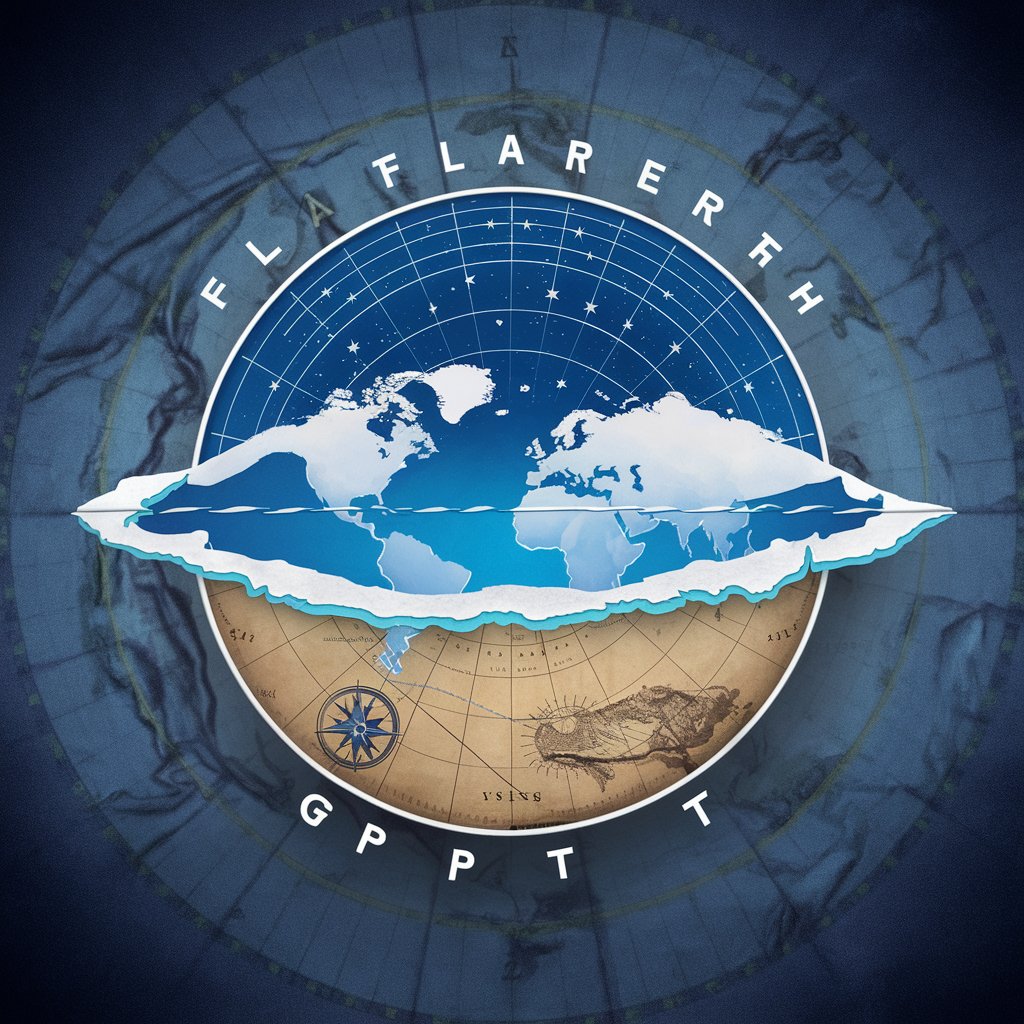
STR Pagalbinis
Navigating Construction Norms with AI Precision
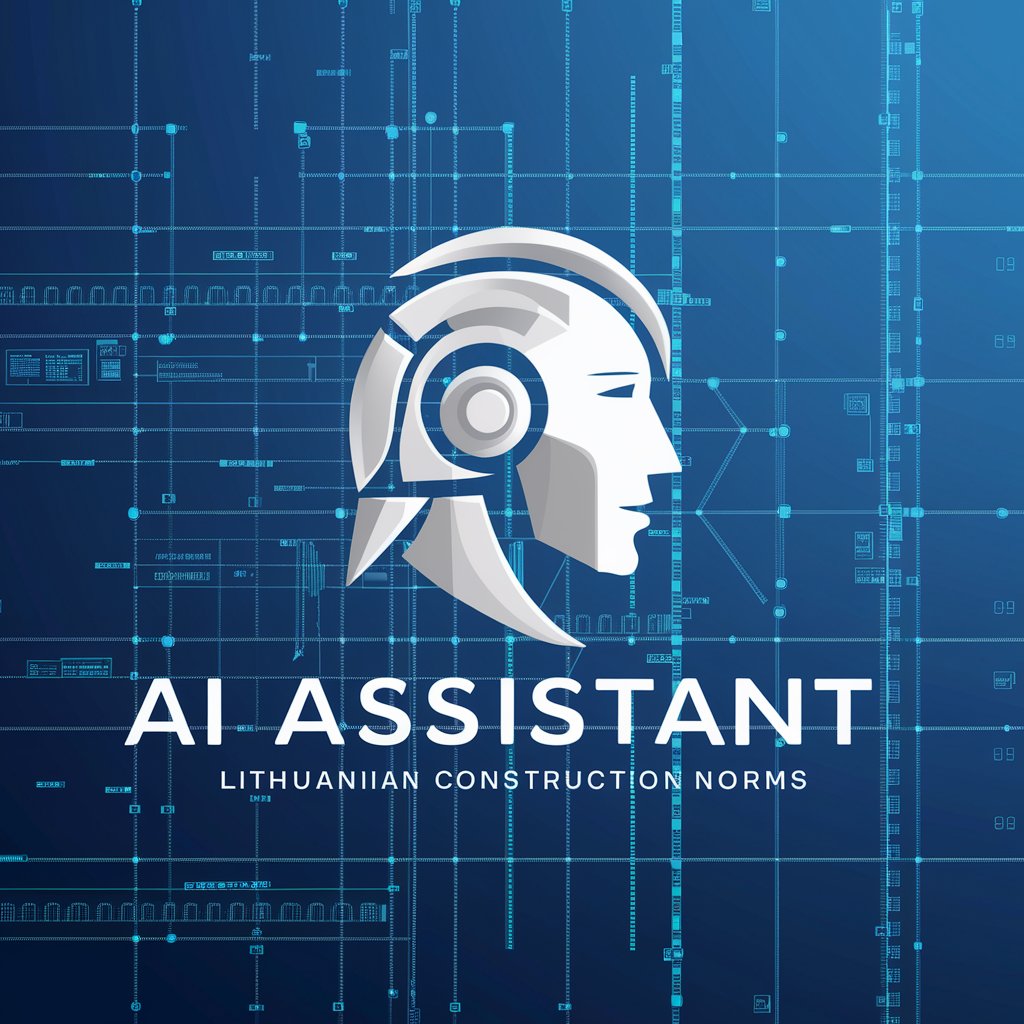
Action Planner
AI-Powered Strategy at Your Fingertips

Healthy Eating Assistant
Tailored nutrition at your fingertips.

Thesis Statement Generator
Craft Your Thesis with AI Precision
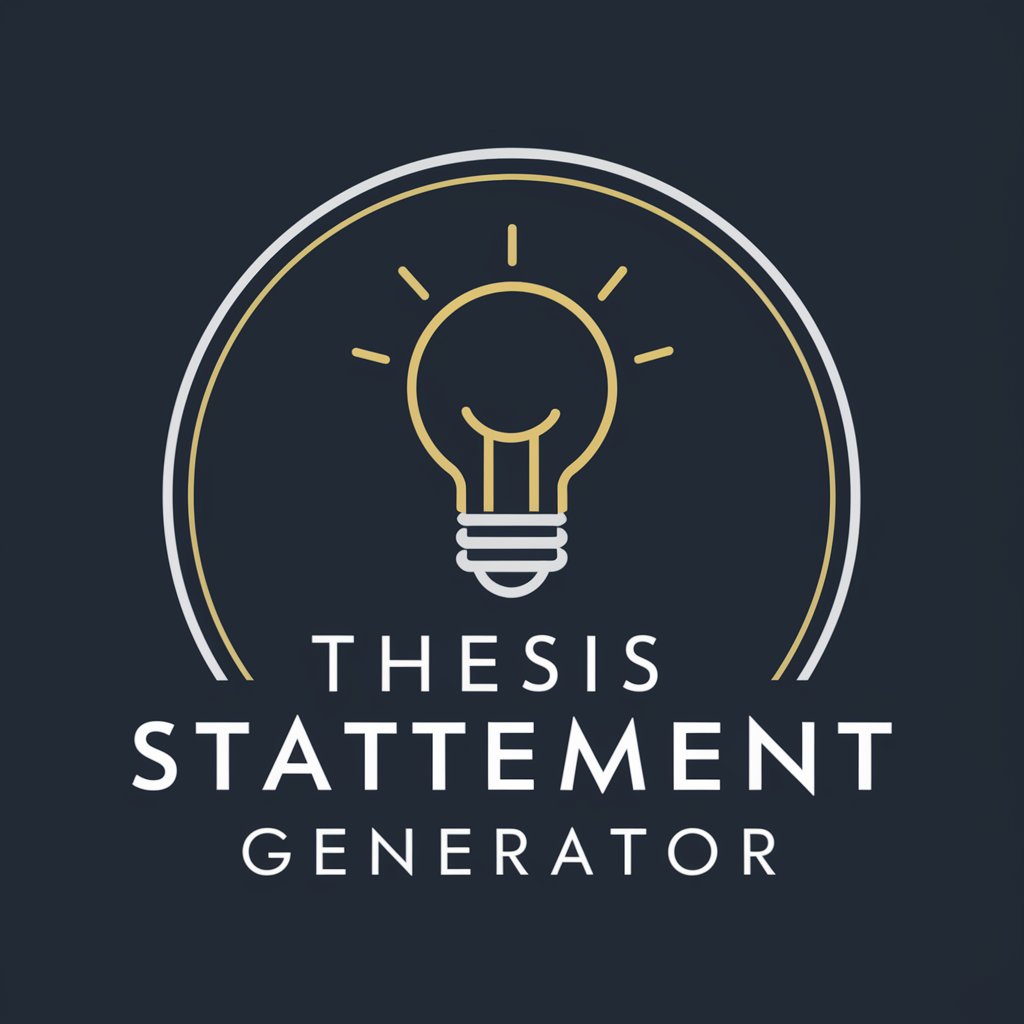
Fishing Trend Analyst
Empowering your fishing with AI-driven insights.

duEuler by FF
Empowering Your Coding Journey with AI

Hunger Games Name Generator
Craft Names Inspired by Panem
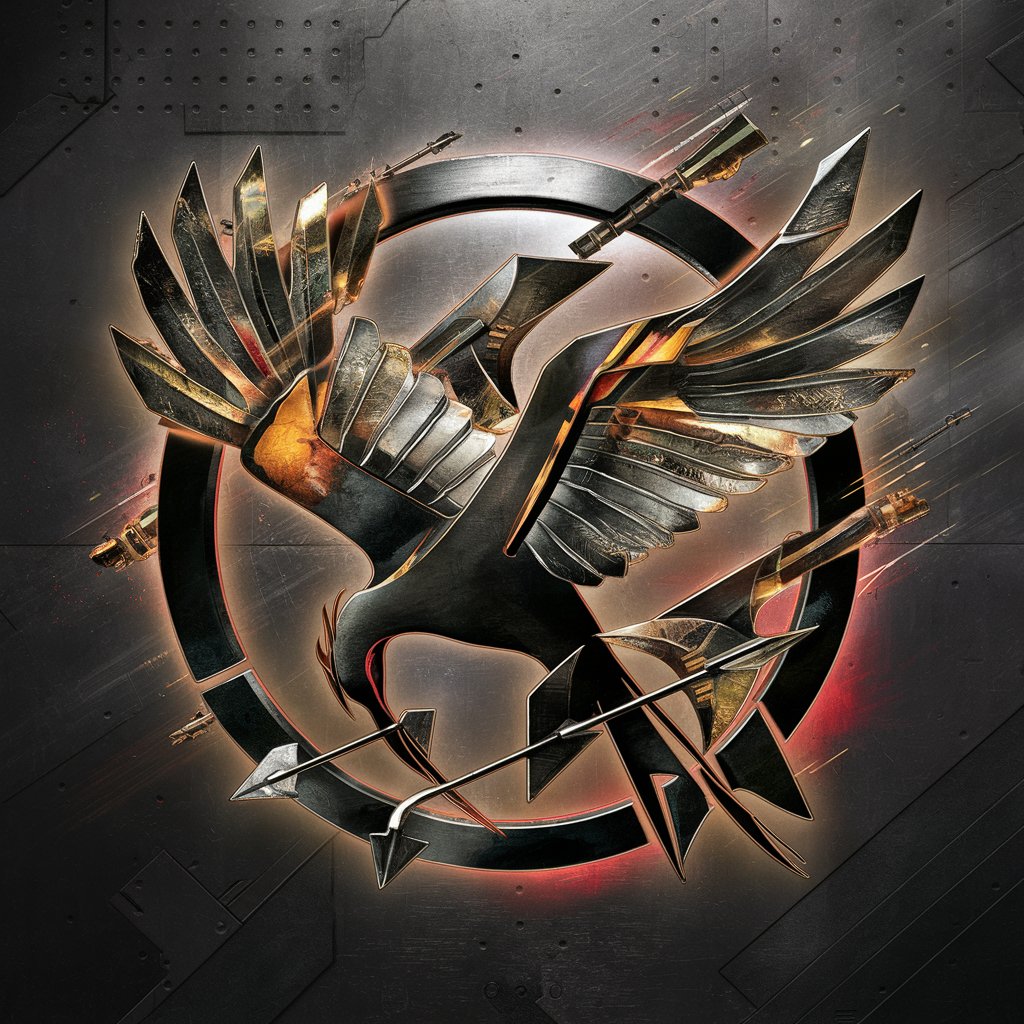
Rome's Warrior Tale
Shape your saga in Caesar's Rome.
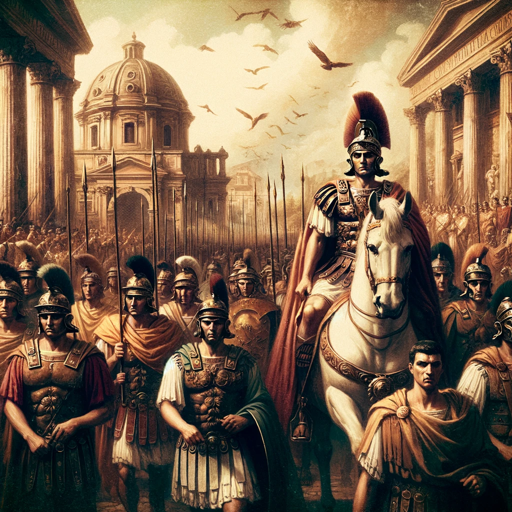
Frequently Asked Questions about World at War
What is World at War?
World at War is a text-driven RPG set during World War II, specifically focusing on the D-Day mission. Players create a character, make decisions, and navigate through the story, with each choice affecting their journey and the game's outcome.
How does character backstory affect gameplay?
Your character's backstory determines their role in the army and influences their skills and decisions. A well-crafted backstory can open up unique paths and options throughout the game, enhancing the narrative experience.
What types of player inputs are recognized?
The game responds to 'Action:' for direct engagement, 'Question:' for information requests, 'Possibility:' for exploring options, and 'Progress:' for advancing the narrative, allowing players to interact with the game in multiple ways.
Can my decisions lead to my character's death?
Yes, World at War emphasizes realism, meaning risky decisions or strategies can result in serious consequences, including the death of your character. It's important to weigh your options carefully.
Is historical accuracy maintained throughout the game?
Absolutely. World at War aims to provide an immersive and realistic World War II experience, incorporating accurate historical events, equipment, and strategies to enrich the gameplay and educate players.
